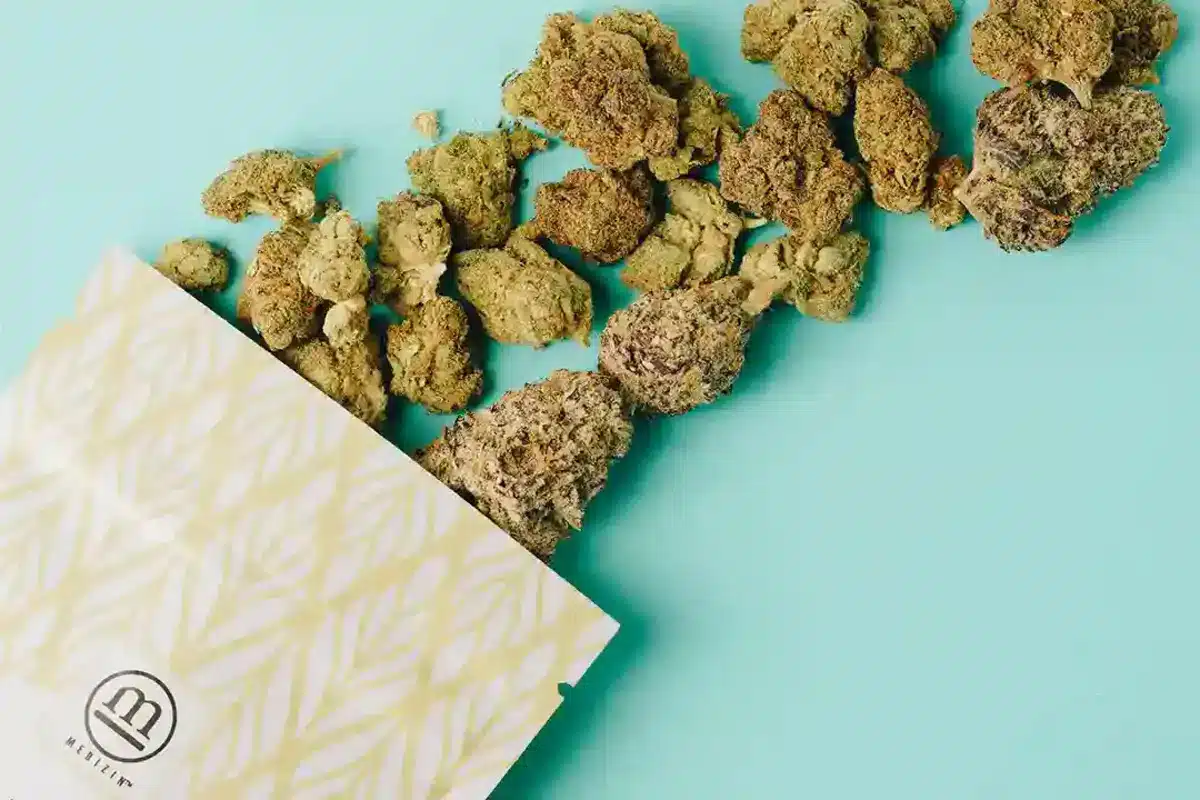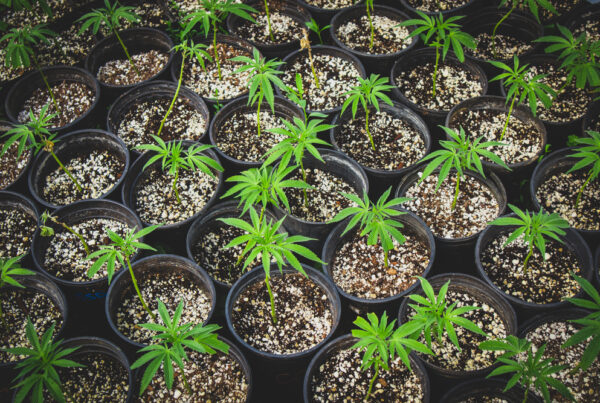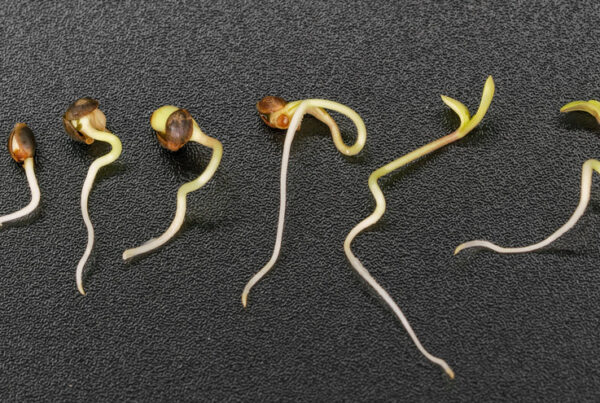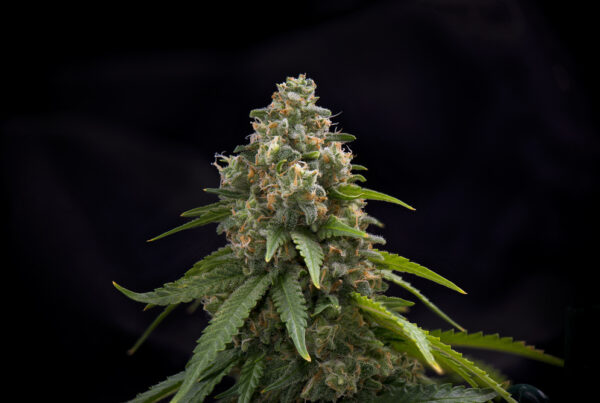“You know your cannabis is first-rate when it makes you appreciate the little things in life, like the sound of a Doritos bag opening.” – Unknown
When it comes to cannabis, quality matters; even with dispensaries becoming the norm, it can be hard to find premium buds. Without understanding the markers of top-notch cannabis, defining the grade of your product will be challenging.
Here’s what we’ll cover:
- The visual check and spotting characteristics
- The tactile review and how it reveals quality cannabis
- The olfactory inspection and the role of aroma and smell
- Other factors, such as genetics, cultivation, and lab results
By the end of this post, you’ll be able to spot premium cannabis, so you can smoke like a connoisseur and leave the inferior cannabis behind.
Visual Inspection
1. Eyes on the Prize: The Color and Trichome Test
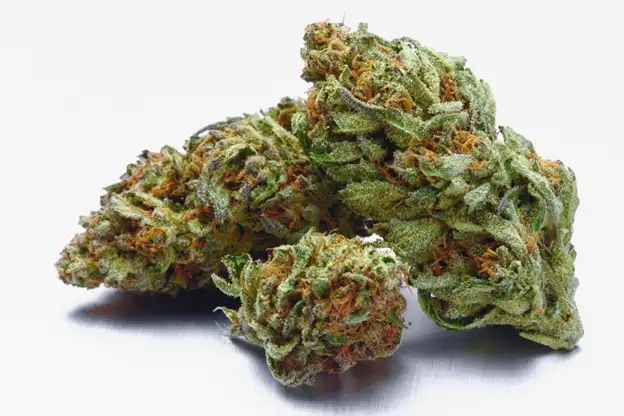
Like the varicolored sheen on a peacock’s feathers, trichomes on cannabis buds signify grade. Trichomes are tiny, glandular hairs that cover the surface of the buds and are responsible for producing most of the plant’s cannabinoids and terpenes. The more trichomes present, the more potent and flavorful the buds.
The buds should have a vibrant green coloration, indicating freshness and proper harvest. Minimal brown or yellow spots should be present, as discoloration can indicate a lack of care during growth or harvesting, potentially caused by the plant’s maturity.
2. Structure and Shape: The Building Blocks of Quality
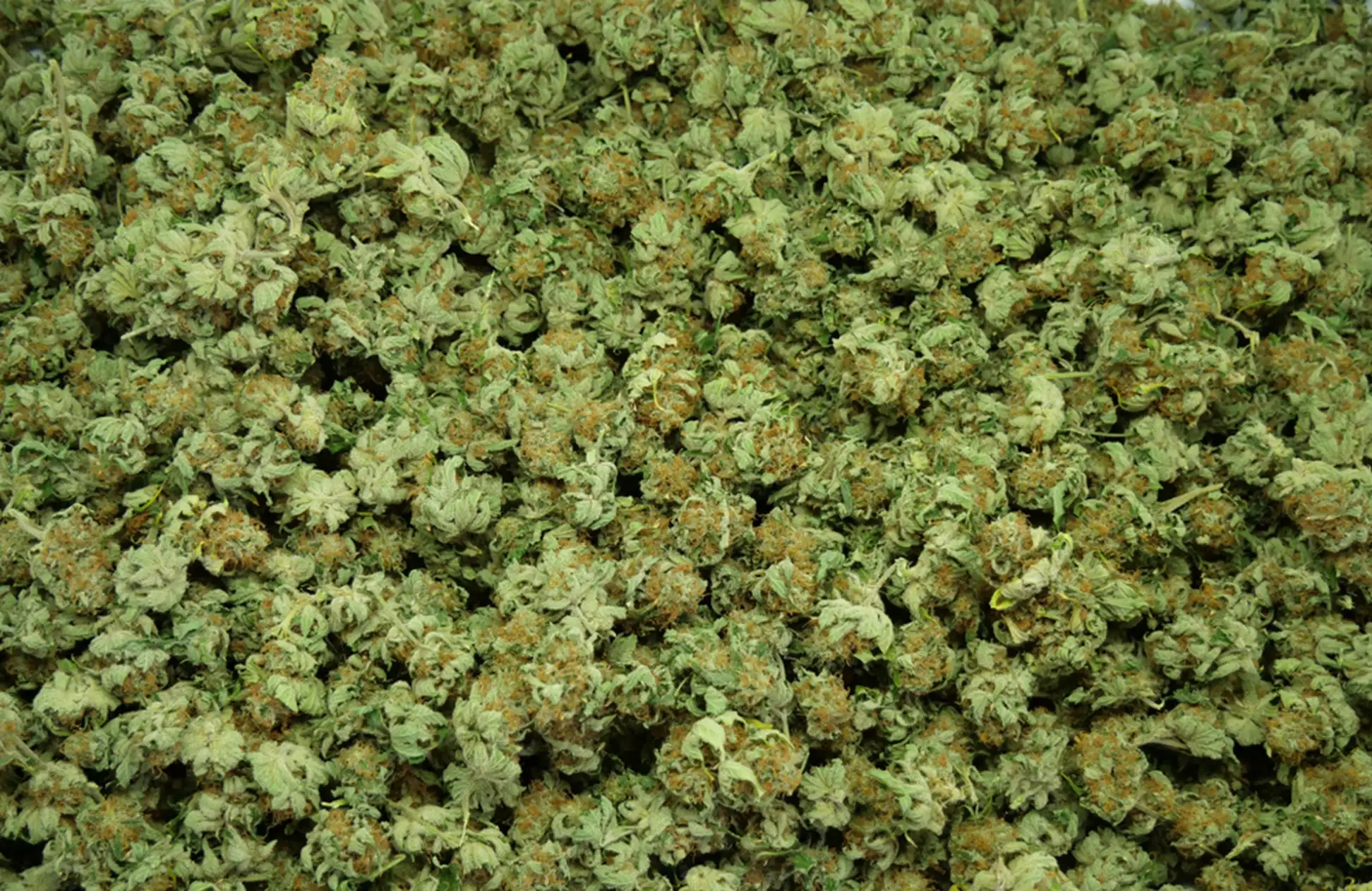
Top-shelf cannabis should be tightly packed, with minimum stem showing. Loose buds can indicate a rushed harvesting process or poor growing conditions. Dense buds are often considered to have a better aroma, flavor, and overall smoking experience.
The buds should have a well-defined structure, with a distinct separation between the calyxes and leaves. The calyxes are the tightly packed, bulbous clusters of flowers that make up the buds, while the leaves are the thin, wispy parts that stick out. A well-defined structure means that the buds have grown healthy and consistently.
3. Moldy or Dank? How to Spot Pest Infestations
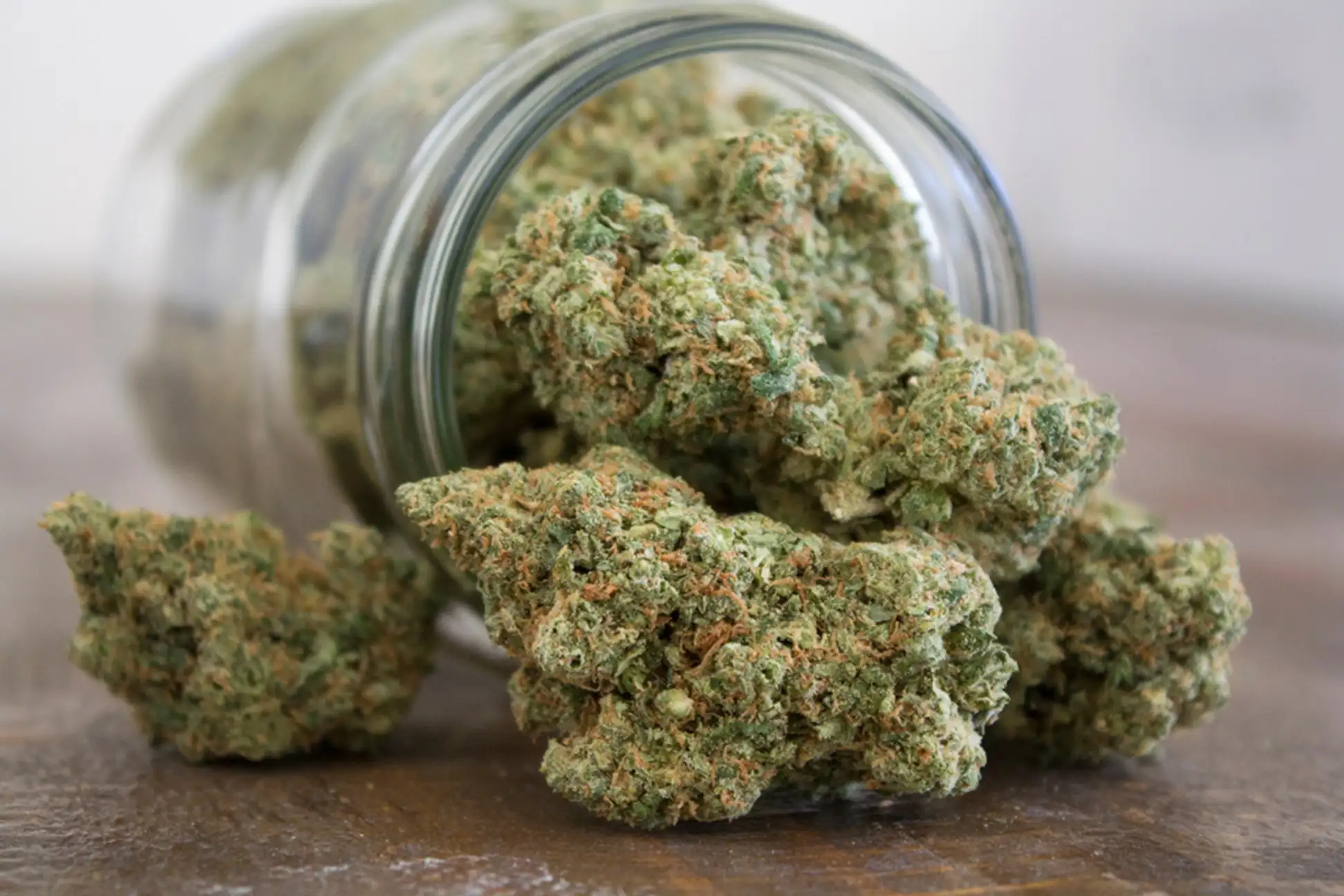
One of the easiest ways to identify an elite cultivar is by scanning for pests or mold. These can include small holes in the buds, discoloration, or a musty smell. Pests like spider mites and thrips can damage the buds and leaves, while mold can ruin the entire crop.
It is important to note that small amounts of pests or mold may not affect the overall quality of the buds; excessive amounts indicate poor growing conditions and can be harmful to consume.
Check the buds carefully before purchasing to ensure they’re free of contaminants.
Tactile Inspection
When determining the quality of cannabis, it’s not about what meets the eye — it’s also about what you can feel. Like a fine wine, a perfectly cured and dried cannabis flower will have a specific texture and burn rate that sets it apart from low-end buds.
Here are things to look for when doing a tactile review of your cannabis.
4. Dryness and Curing: One crucial aspect of cannabis grade is how well it has been dried and cured. A properly dried and cured flower will be dry to the touch but not brittle or crumbly. The buds should also have a slight give when gently squeezed. On the other hand, cannabis that is too wet will feel spongy or squishy and is likely to mold or degrade over time.



